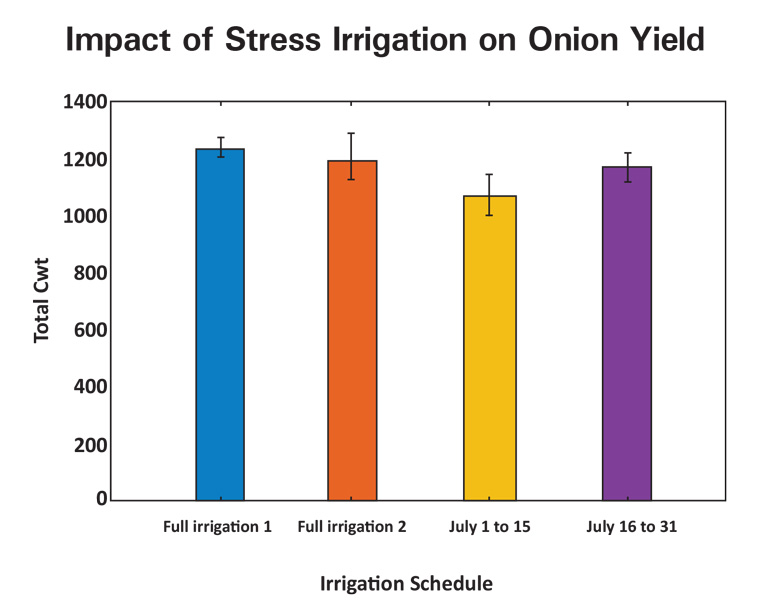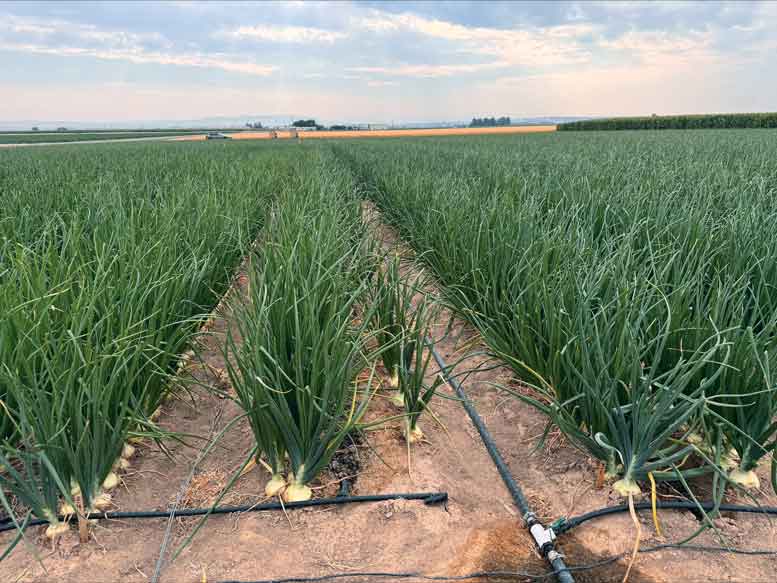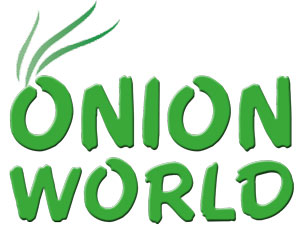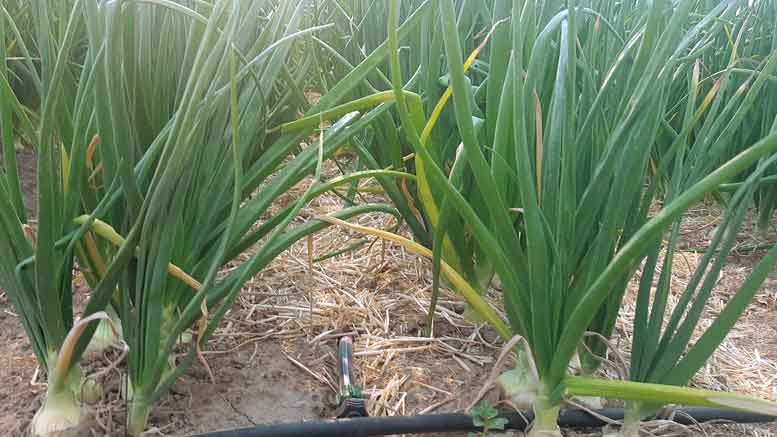|
Click to listen to this article
|
By Udayakumar Sekaran, Oregon State University
Eastern Oregon’s dry summers, coupled with gradually diminishing snowmelt from the Cascade Range, pose significant challenges for agricultural irrigation, especially for water-intensive crops like onions. With the Owyhee Reservoir serving as a critical water source, declining reservoir levels often force farmers to adopt adaptive irrigation strategies.
A 2024 field study at Oregon State University’s Malheur Experiment Station in Ontario, Oregon, investigated how different irrigation schedules and mulching practices influence onion yields, water use efficiency and soil health under these challenging conditions. The field experiment evaluated various irrigation stress intervals (standard schedules and three- or four-day stress periods) and applied wheat straw mulching.

Results showed that standard irrigation (full irrigation without stress) with mulching (8 hours, 19 minutes of irrigation was given when soil moisture read above 20 cb and the irrigation decisions were made every 12 hours) and optimal threshold treatments (full irrigation without stress) with mulching (6 hours of irrigation was given when soil moisture read above 20 cb and the irrigation decisions were made every 30 minutes) yielded the highest marketable and total onion yields, surpassing 1,240 cwt/acre. Conversely, prolonged irrigation stress (skipping irrigation for three or four days) without mulching resulted in significantly lower yields, particularly for larger size onion categories such as jumbo and colossal.
Stress applied earlier in July (July 1–15; irrigation was given once every three or four days) had a more detrimental impact than stress later in the month (July 16–31; irrigation was given once every three or four days), indicating the critical importance of consistent water availability during early bulb development (July 1–15). Additionally, mulching enhanced soil health by increasing microbial activity, nutrient turnover and phosphorus availability. While stress treatment (July 16–31) consumed more water due to the recovery needed, the total yield was similar to full irrigation treatments (1,238 cwt/acre), emphasizing the importance of maintaining consistent irrigation schedules.

The findings suggest that if irrigation stress is unavoidable, growers can apply irrigation stress later in the season (July 16–31) by diverting their water to other crops on their farms and applying higher water application (to catch up) to onions after the prolonged stress to mitigate yield losses. This study highlights the importance of precision irrigation and mulching in optimizing onion production, conserving water and sustaining soil health, providing valuable strategies for growers in water-scarce regions.

